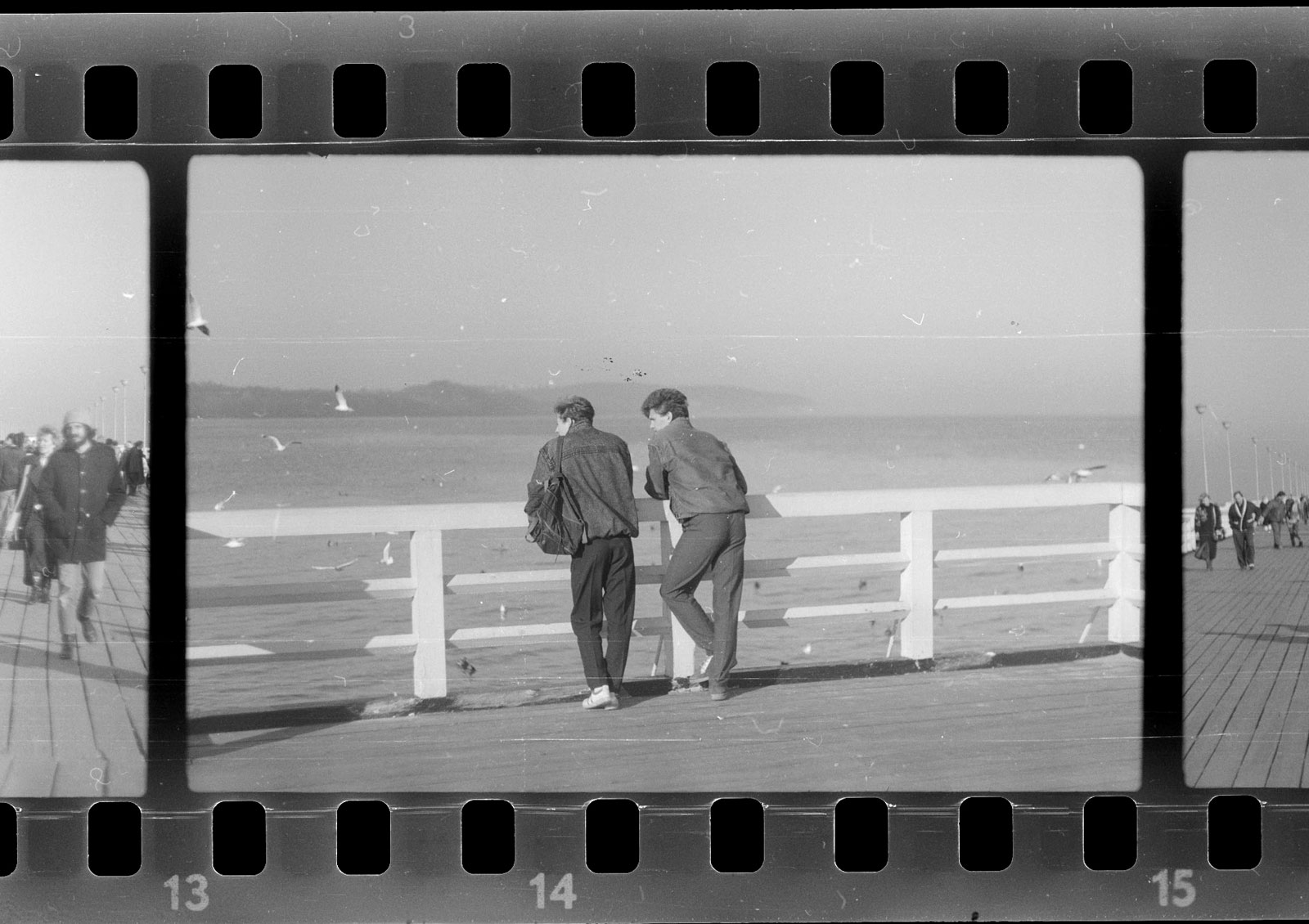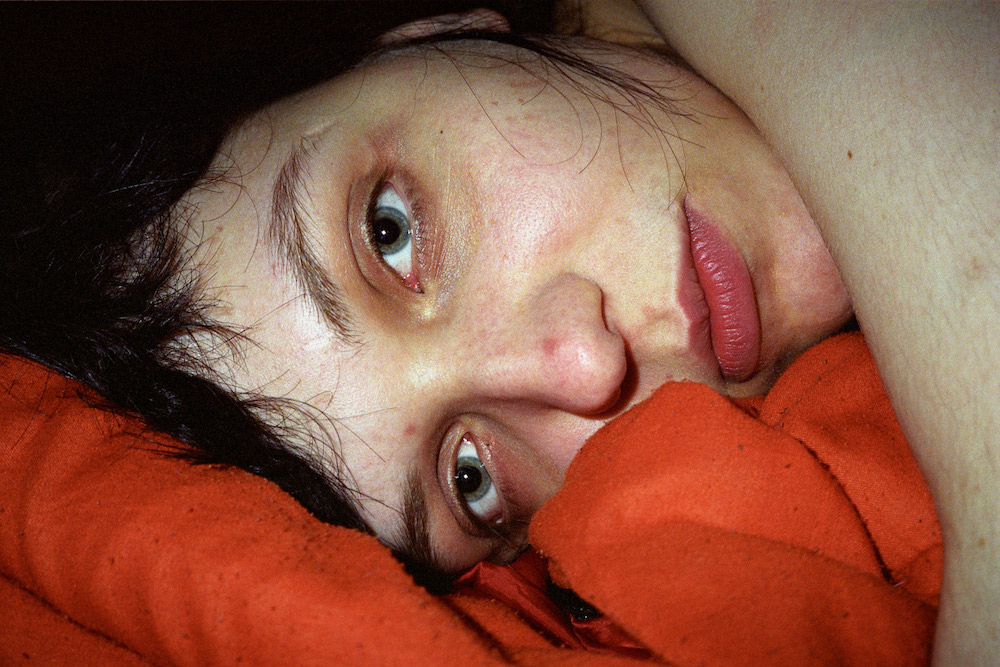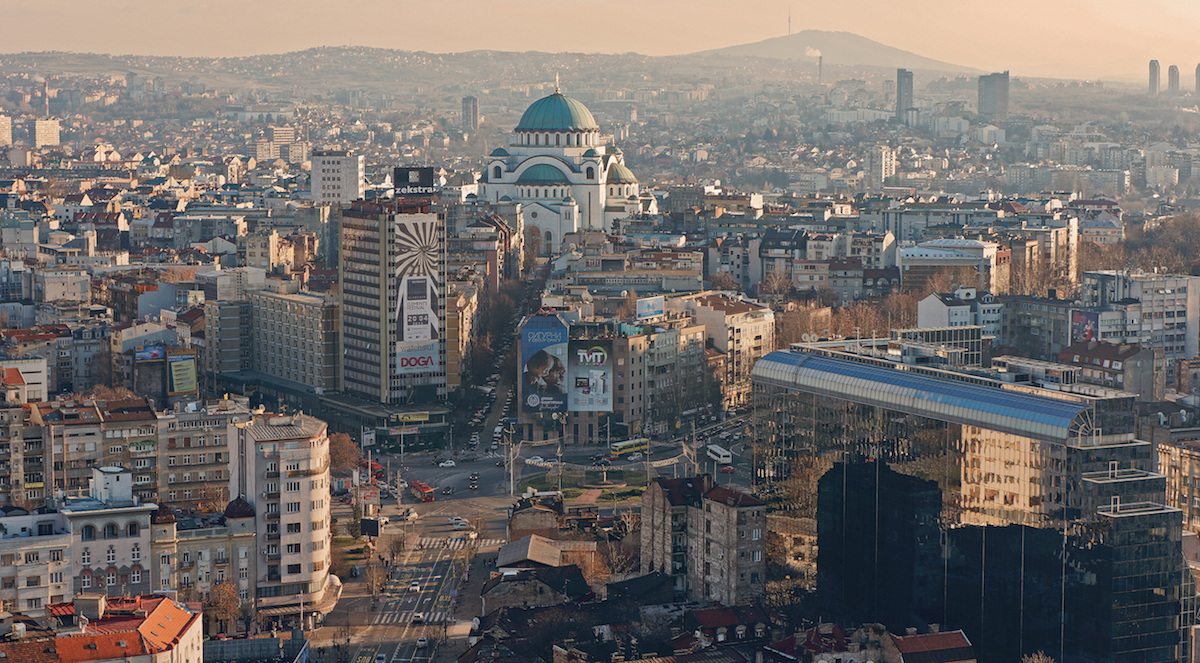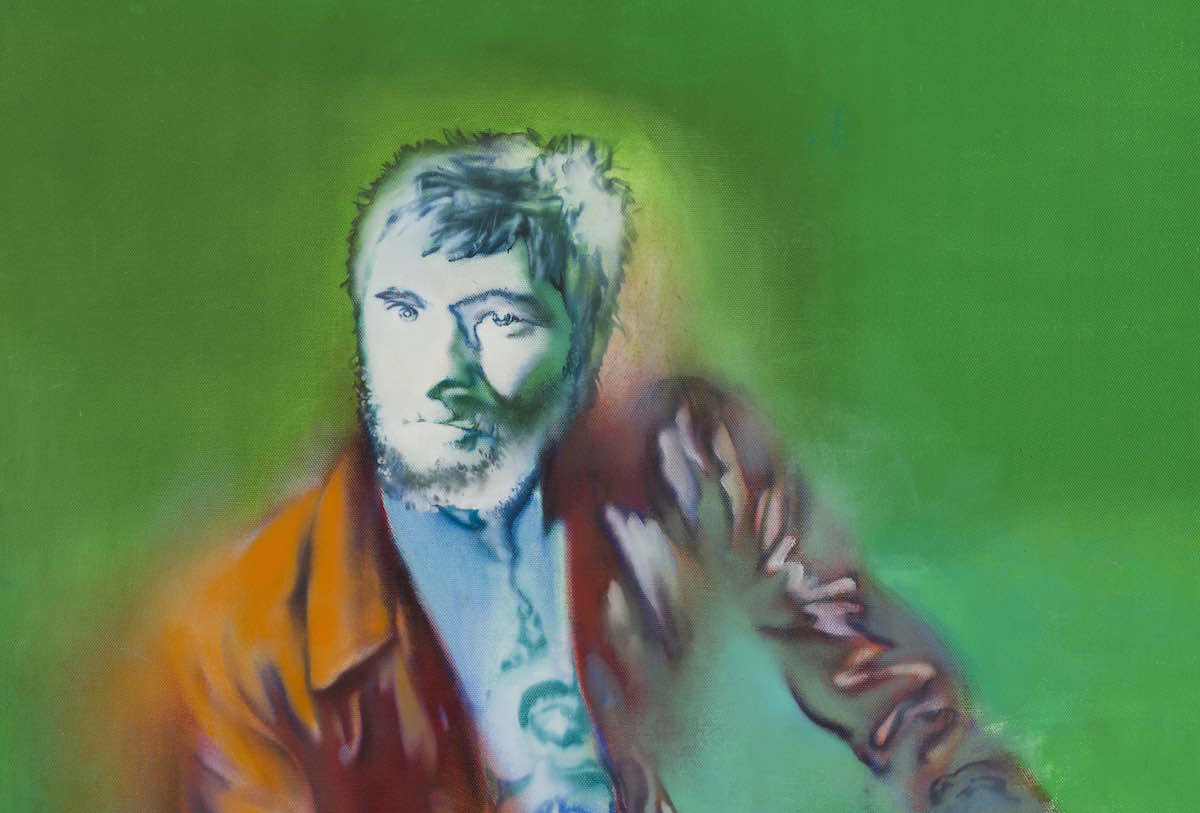LGBTQ arts face increasing censure in Poland. Will this be the country’s last queer exhibition?

With a new, ultra-conservative, openly homophobic director poised to head Warsaw’s Ujazdowski Castle Center for Contemporary Art, Karol Radziszewski’s current show there, The Power of Secrets, is more urgent than ever.
Attacks on Poland’s LGBTQ community, stoked by the right-wing populist ruling Law and Justice party (PiS), have been well documented. After increasing their parliamentary majority last October, PiS have been given a fresh mandate for their anti-LGBTQ rhetoric and intolerance towards minorities. With the decision of Minister of Culture and Heritage. Piotr Gliński, to appoint the ultra-conservative curator Piotr Bernatowicz — accused of previously exhibiting misogynistic and homophobic artworks — as the new director of the Ujazdowski Castle Centre for Contemporary Art, LGBTQ-focused visual culture is now likely to face more censure.
Karol Radziszewski’s The Power of Secrets is described by Ujazdowski’s curator, Michał Grzegorzek, as possibly the last LGBTQ-celebrating exhibition in a public cultural institution. Here, Grzegorzek, discusses art’s role in Polish LGBTQ activism, the power of queer memory, and why, historically, LGBTQ culture has suffered from a lack of documentation in Poland.
DIK Fagazine n. 11 (2017) by Karol Radziszewski. Courtesy of artist and the BWA Warszawa
In what ways has LGBTQ-focused art been under attack since the Law and Justice Party came into power?
It is difficult to talk about specific activity targeting LGBTQ-focused art because Law and Justice hate each and every manifestation of queer lifestyle, not just the artistic. Not a day goes by without the authorities warning us against pernicious “gender ideology”, “LGBT ideology” or trying to ban sex education in schools. But I would say the trend began in 2012, when the Rainbow — an art installation in Warsaw’s Saviour Square [Plac Zbawiciela], depicting a rainbow-coloured arch constructed with artificial flowers made by Julita Wójcik — was burnt down. Against the artist’s intentions, the work was perceived as part of an ideological and political war. It beggars belief that the artwork was burnt down and rebuilt seven times over two years — it smacks of medieval witch hunts and burnings at the stake. I cannot begin to imagine how the artist herself must feel about what is in fact a form of psychological violation.
AIDS wallpaper (2012) by Karol Radziszewski. Courtesy of artist and the BWA Warszawa
What, in your view, have been the other most significant historical and political events of recent times that have affected the way that queer culture has developed in Poland?
Two such events spring to mind: Operation Hyacinth, which the People’s Militia unleashed on homosexuals in Poland in 1985, and the ban on Gay Pride in Warsaw in 2005 instituted by Lech Kaczyński, then Mayor of Warsaw, later Poland’s President, who died in the Smoleńsk plane crash. Both were direct acts of oppression that targeted Polish sexual minorities, resistance to which resulted in the forming of a queer community.
Operation Hyacinth focused on gathering information on Polish homosexuals and their community with the official reason being to combat prostitution and AIDS. The round-up went on for a couple of years and it garnered a few thousand files of personal data. The most recent research, such as that conducted by Ewa Majewska [a feminist philosopher of culture], concludes that both the character of the action and its goals were not so clear-cut. The increasingly prevailing opinion is that the authorities were mainly motivated by the desire to blackmail homosexuals, who, through fear of being outed, would succumb to pressure to become secret informers for the Security Service.
The Gay Pride ban in Warsaw in 2005 matters for a number of reasons, but notable was the incredible action of the male and female volunteers of the Lambda Warsaw Association – the oldest extant Polish organisation fighting for the rights of sexual minorities. After the authorities banned the parade along the streets of the capital, Lambda activists grouped together, and in a mere six hours in a poky flat sewed together a 12-metre long rainbow flag and then marched with it through Warsaw. Just as it has been for the last 15 years, it remains the oldest of the flags unfurled each year in the capital and most recently also in all the other cities where the marches take place.
Exhibition view, The Power of Secrets, Ujazdowski Castle Centre for Contemporary Art. Image: Pat Mic
In light of what you’ve just said, what, in your view, are the reasons why queer history has been so under-documented in Poland?
The material traces of queer presence are few and far between, mainly due to the legislative stance; to be gay or lesbian used to be illegal. A love letter written by one woman to another could have, if intercepted by the People’s Militia, become the material evidence in a criminal case. To have a photo of a man wearing a skirt or dress, even if kept secret, was asking to be sent to jail. In Poland, homosexual acts were decriminalised in the 1930s, but the fear of coming out remained. And so, it goes without saying that it’s not easy to document the invisible – invisible, because it hides away from prying eyes or else is being deliberately overlooked.
“What we must realise however, is that the absence of LGBTQ people on the Polish art scene will not only be a matter of absent artists. This is a real threat to society”
Where, then, can the documentation that exists be found?
In Poland we owe much to one incredible character, [activist] Ryszard Kisiel, whose archive contains a unique wealth of notebooks, pocket guides, and photographs documenting queer activity since the 1960s. A large part of Kisiel’s archive, such as the magazine Filo [which he founded and published in communist Poland] or the drag photo-shoots in his flat, were conceived as rebellion against the Militia action. Filo is also the first such magazine in Poland to have taken on board the topic of AIDS.
Your current exhibition, The Power of Secrets, celebrates Karol Radziszewski, a queer-culture-exploring, interdisciplinary artist employing an archive-based methodology. His 2005 artistic-cum-gay coming out exhibition, Fags, is considered the first openly homosexual exhibitionin Poland, while his DIK Fagazine was the first arts publication dedicated to the exploration of contemporary homosexuality. What can visitors expect?
The exhibition is pivoted on the queer archive of Central and Eastern Europe: vintage magazines, video interviews with activists, clothes from secret drag sessions, and so on, that Radziszewski has been documenting throughout the years of his artistic activity, such as through the para-institution Queer Archives Institute (QAI). But it also brings an air of freedom to the queer community. What I mean is, queer persons are faced with social oppression, invisibility, and attempts to erase them from official narratives. In contrast, this exhibition celebrates themes related to non-normative sexuality and identity.
We can see that in the murals and paintings that Radziszewski has been repainting from his childhood drawings, in which as a nine-year old he portrayed himself as a princess or a sexy fairy. And we delve into threads related to queer protagonists. Who are they? What mythology do they represent? We trace their presence in Ukraine, Belarus, and Poland. For example, in one of the artist’s new works, he tells the story of the transperson Ewa Hołuszko, one of the leaders of the opposition Solidarność movement in Poland, who contributed to the political transformation in 1989.
Exhibition view, The Power of Secrets, Ujazdowski Castle Centre for Contemporary Art. Image: Pat Mic
It’s interesting that the colours of the rainbow, the much-contested LGBTQ symbol we have just discussed, are missing from the exhibition. Why?
They are deliberately absent because we decided that this symbol, although very useful for society, can be successfully replaced by home-grown symbols. We don’t need to keep referencing only the Stonewall Inn in New York, since queer people have also existed in Warsaw, Zagreb, and Budapest. After all, the exhibition is also an attempt to find queer identity for this part of Europe that would provide a bond between communities in Poland, Ukraine, the Czech Republic, etc. This is important for creating the community today, and not only among the people who are interested in art — we need to search for models in the past that could be drawn on to create our own mythology.
Do you think young LGBTQ people living in Poland right now are better equipped to resist persecution than those who were targeted during Operation Hyacinth, for example? If so, in what ways, and, what role does art play in contemporary activists’ resistance?
Yes, I think that they are better prepared today, although we should bear in mind the gulf between LGBTQ people in Warsaw and those living outside the capital. Social media really is of enormous help. Much as it can also be a curse, it can enable you to see that you are not alone. You can see other people just like you.
In Warsaw, there is hope for unity definitely thanks to activity in the field of art. Liliana Piskorska, Ania Nowak, Alex Baczyński-Jenkins, and Michał Borczuch are some of the artists who dedicate their works to the queer experience. I must also mention some of the Polish club scene and its heroic fight for equality – events such as Brutaż, Flauta, or the incredible Oramics, whose action to support LGBTQ reverberated throughout the music scene. And also the Kem collective, Stół Powszechny, and the Antifascist Year initiative.
Exhibition view, The Power of Secrets, Ujazdowski Castle Centre for Contemporary Art. Image: Pat Mic
Finally, what consequences do you foresee for the diminishing opportunities for LGBTQ artists in Poland to showcase queer art, which seem to have been foretold by Law and Justice increasing their parliamentary majority this October, and the appointment of Piotr Bernatowicz as Ujazdowski Castle Centre for Contemporary Art’s new director?
A lack of institutional support, especially from public institutions, will result in a shortage of funding for practising one’s art. In other words, curtailing the means to survive. But in response, various independent initiatives are likely to flourish. However, their success will depend on the determination of the artists, curators, or art producers themselves, since there are many protagonists in the art world. Many of the structures that have hitherto governed the institutions will have to be re-assessed. We will have to reconsider whether antiquated formats such as exhibitions still have the power to deliver a message.
This, of course, is no more than speculation, as who knows what’s on the cards. What I am saying though is that I try to avoid predicting doom and gloom befalling us in Poland. What we must realise, however, is that the absence of LGBTQ people on the Polish art scene will not be only a matter of absent artists. This is a real threat to society, diversity, and openness. It is up to all of us to decide what model of community we want to perpetuate and continue . We have reached a moment in history when we can no longer take a step back.
‘Karol Radziszewski -The Power of Secrets’ is on display at Ujazdowski Castle Centre for Contemporary Art, Warsaw, until 29 March 2020.


